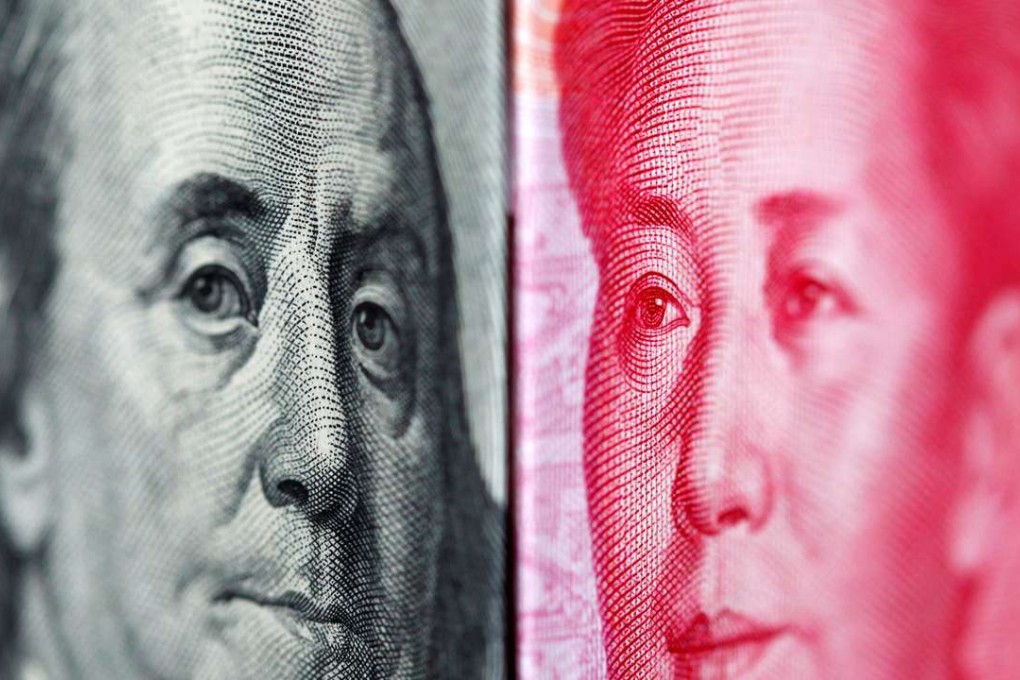Exclusive | China eases yuan outflow controls in sign of recovered confidence
Central bank has relaxed policy on banks processing cross-border yuan payments

China has taken a small step to relax its controls over yuan outflows, sources told the South China Morning Post, reflecting that Beijing is seeing a smaller risk of capital exodus and greater market confidence in the value of the yuan.
The People’s Bank of China in early January required commercial banks to stop processing cross-border yuan payments unless the banks could show at the end of every month that the amount of outbound yuan matched the sum that came in, but that restriction was scrapped from last Wednesday, said mainland banking sources who were briefed on the policy change.
After the policy relaxation, banks can now freely process outbound yuan payment and remittance requests from their corporate and individual clients, a move that is expected to help boost liquidity in offshore yuan markets, especially Hong Kong.
The earlier yuan settlement restriction imposed in January prevented some banks from transferring profits made by foreign companies based in China overseas if the lenders did not have a surplus of yuan payments coming into the country, a Shanghai banking source said, adding that the relaxation would help restore such business.
While the policy relaxation didn’t cover cross-border foreign exchange flows or big outbound investment deals, especially overseas investments initiated by Chinese companies that don’t relate to their core businesses, it was the first relaxation of outbound capital control in nearly two years, the sources said.